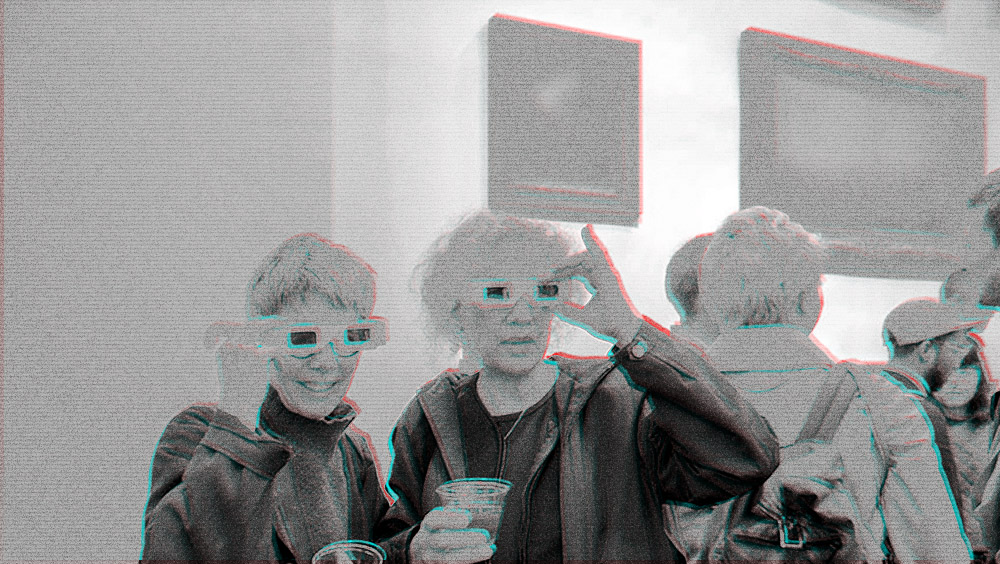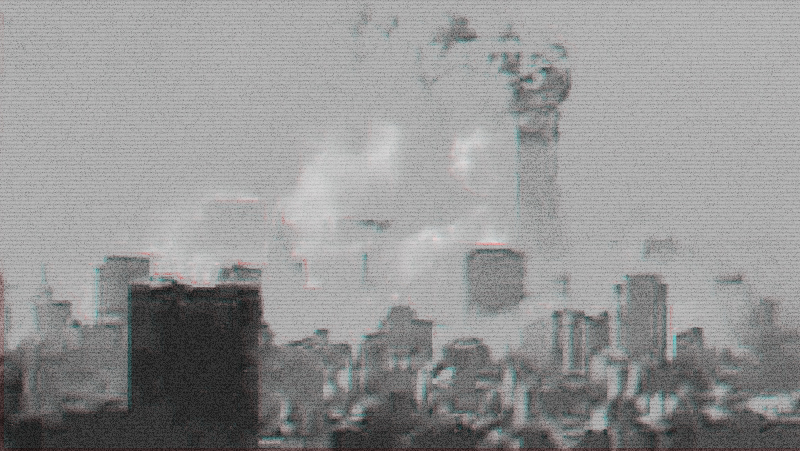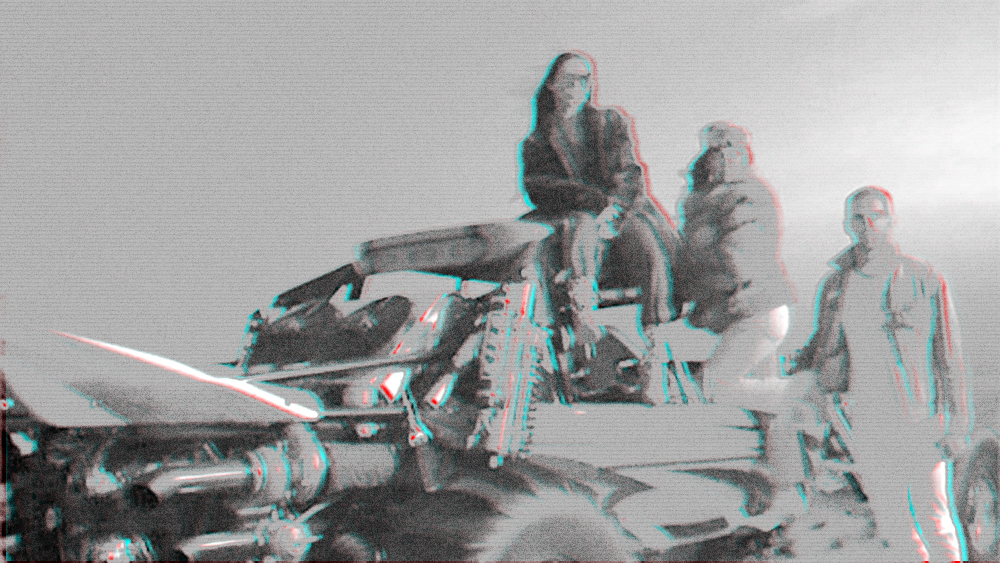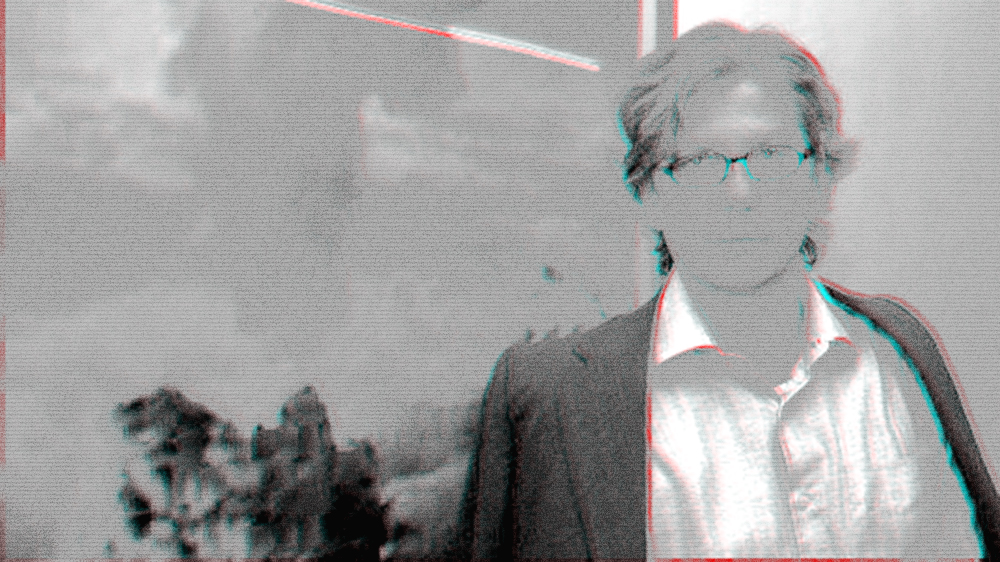In February 2011, major international museums documented with Google’s nine-eyed Street View cameras became part of the nascent Google Art Project. In April 2012, the platform was redesigned and the number of museum available with the “walk-through” feature expanded from 17 to 51. Due to copyright restrictions, some of the images of the paintings one encounters on their online tour have been blurred. New York based artists João Enxuto and Erica Love collect these abstract images and transform them into paintings, bringing them back from their virtual limbo.

The Anonymous Paintings (2011) are inkjet prints stretched on wooden stretcher bars. In the process of transferring digital files into three-dimensional inkjet paintings a rudimentary stereoscopic effect is transferred to the finished pieces. Anaglyphic red and cyan glasses can be worn to perceive the finished paintings as blurred compositions in 3D. The censored artworks are like the blurred individuals caught in the path of Google’s omnipresent Street View camera; where occlusion denotes an identity and subjecthood. The artists’ Anonymous Paintings use abstraction as a code for autonomy and withdrawal from Google’s comprehensive visual record.
The Google Art Project states that it has three aims. First, to provide the experience of art in museums and other cultural institutions digitally; so that people can see them from a distance, see objects in greater detail and share the experience of art. Second, to provide a means to safeguard and protect history and cultural heritage. Third, to serve as a lab to allow for cross-disciplinary creative activities between curators, historians and artists. The expansion of museums online via Google Art Project is celebrated by some as a democratization of the experience of art; which assumes parity between the image of a work of art and the object itself. However, is that correct? Google Art Project seems more an opportunity to appreciate art at a distance; a distance that transforms the objects from their physical state to being merely digital artifacts.
In particular, the second aim is the most difficult to come to terms with. In fact, the digital preservation of the objects can only be the preservation of their appearance. The artists want to suggest that, increasingly, real power no longer lies with art institutions as authoritative gatekeepers, In fact, it resides with digital technology corporations that are restructuring how art is viewed at the same time that they have become a significant source of institutional funding. In this perspective, these images might be viewed as the visual manifestation of a defense against Google’s attempt to comprehensively document the world’s visual art; their abstract forms an act of defiance on the part of the copyright owners.






